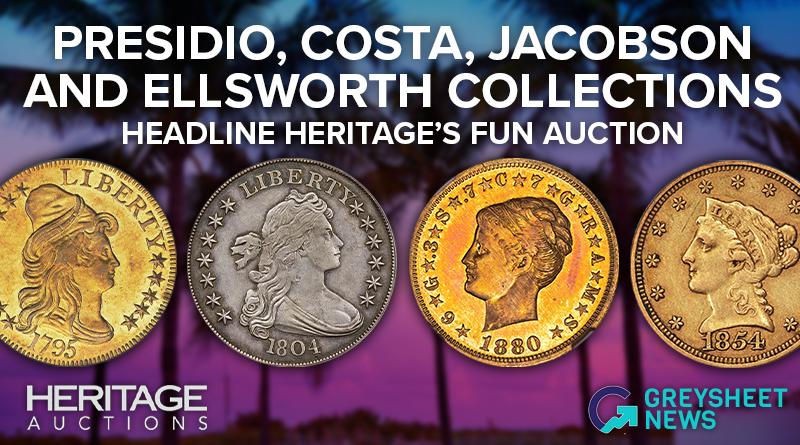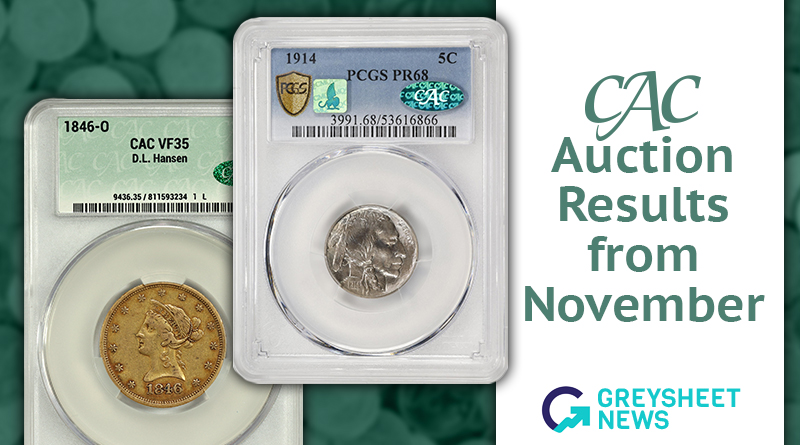Greysheet & CPG® PRICE GUIDE
- U.S. Coins /
- Pattern Coinage /
-
Patterns (1896) Values
Year
Sort by
About This Series
Unlike regular-issue coins, which are distributed into circulation through banks or sold by the US Mint directly to collectors and dealers, pattern coins were never necessarily intended to leave mint property. Often, pattern coins were clandestinely seized by their designers and engravers and sold to their friends or coin dealers. In other cases, patterns that were passed around to lawmakers for approval sometimes never made it back to US Mint officials and later passed on down within families or sold to numismatists.
Eventually, US Mint officials heightened guard on pattern coins, and thus pieces dating after the 19th century are rarely found outside museums or academic settings. Pattern coins are quite collectible, and many pieces are rare. Sometimes, coins that have long masqueraded as regular-issue pieces are patterns that have never been officially attributed as patterns. Thus, it pays to closely examine all coins -- especially older pieces -- to ensure they are not really pattern coins that have simply gone unnoticed.
Catalog Detail
Legal Disclaimer
The prices listed in our database are intended to be used as an indication only. Users are strongly encouraged to seek multiple sources of pricing before making a final determination of value. CDN Publishing is not responsible for typographical or database-related errors. Your use of this site indicates full acceptance of these terms.
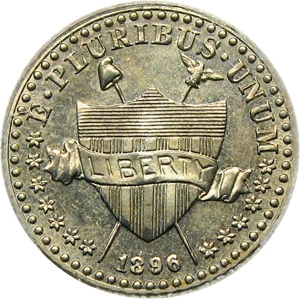
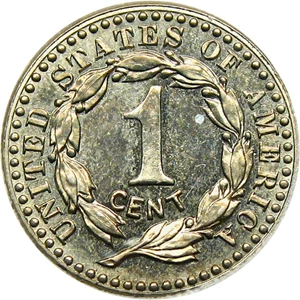

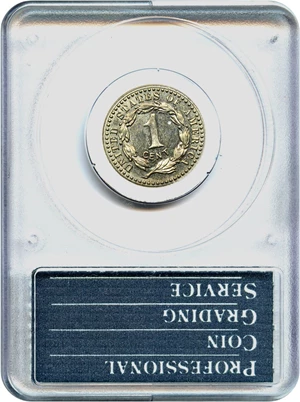
















| Patterns (1896) | Value Range | Favorite | |||
|---|---|---|---|---|---|
| Patterns (1896) | Value Range | ||||
|
-
|
||||
|
$3,750
-
$14,000
$3,750 - $14,000
|
||||
|
$3,750
-
$5,250
$3,750 - $5,250
|
||||
|
$4,700
-
$7,500
$4,700 - $7,500
|
||||
|
$7,000
-
$8,250
$7,000 - $8,250
|
||||
|
$5,500
-
$8,750
$5,500 - $8,750
|
||||
|
$2,650
-
$9,000
$2,650 - $9,000
|
||||
|
-
|
||||
|
$1,950
-
$5,250
$1,950 - $5,250
|
||||
|
-
|
||||
|
$30,000
-
$30,000
$30,000 - $30,000
|
||||
|
-
|
||||
|
$3,150
-
$10,000
$3,150 - $10,000
|
||||
|
-
|
||||
|
$1,900
-
$8,750
$1,900 - $8,750
|
||||
From the Greysheet Marketplace
Buy Now: $3,695.00
Buy Now: $2,890.63
Buy Now: $120,000.00
Buy Now: $38,900.00
Buy Now: $5,500.00
Buy Now: $37,000.00
Buy Now: $3,121.88
Buy Now: $37,000.00
Buy Now: $31,500.00
Buy Now: $125,000.00
Related Stories (powered by Greysheet News)
View all news
Greysheet Catalog Details
Unlike regular-issue coins, which are distributed into circulation through banks or sold by the US Mint directly to collectors and dealers, pattern coins were never necessarily intended to leave mint property. Often, pattern coins were clandestinely seized by their designers and engravers and sold to their friends or coin dealers. In other cases, patterns that were passed around to lawmakers for approval sometimes never made it back to US Mint officials and later passed on down within families or sold to numismatists.
Eventually, US Mint officials heightened guard on pattern coins, and thus pieces dating after the 19th century are rarely found outside museums or academic settings. Pattern coins are quite collectible, and many pieces are rare. Sometimes, coins that have long masqueraded as regular-issue pieces are patterns that have never been officially attributed as patterns. Thus, it pays to closely examine all coins -- especially older pieces -- to ensure they are not really pattern coins that have simply gone unnoticed.
Catalog Detail
Legal Disclaimer
The prices listed in our database are intended to be used as an indication only. Users are strongly encouraged to seek multiple sources of pricing before making a final determination of value. CDN Publishing is not responsible for typographical or database-related errors. Your use of this site indicates full acceptance of these terms.



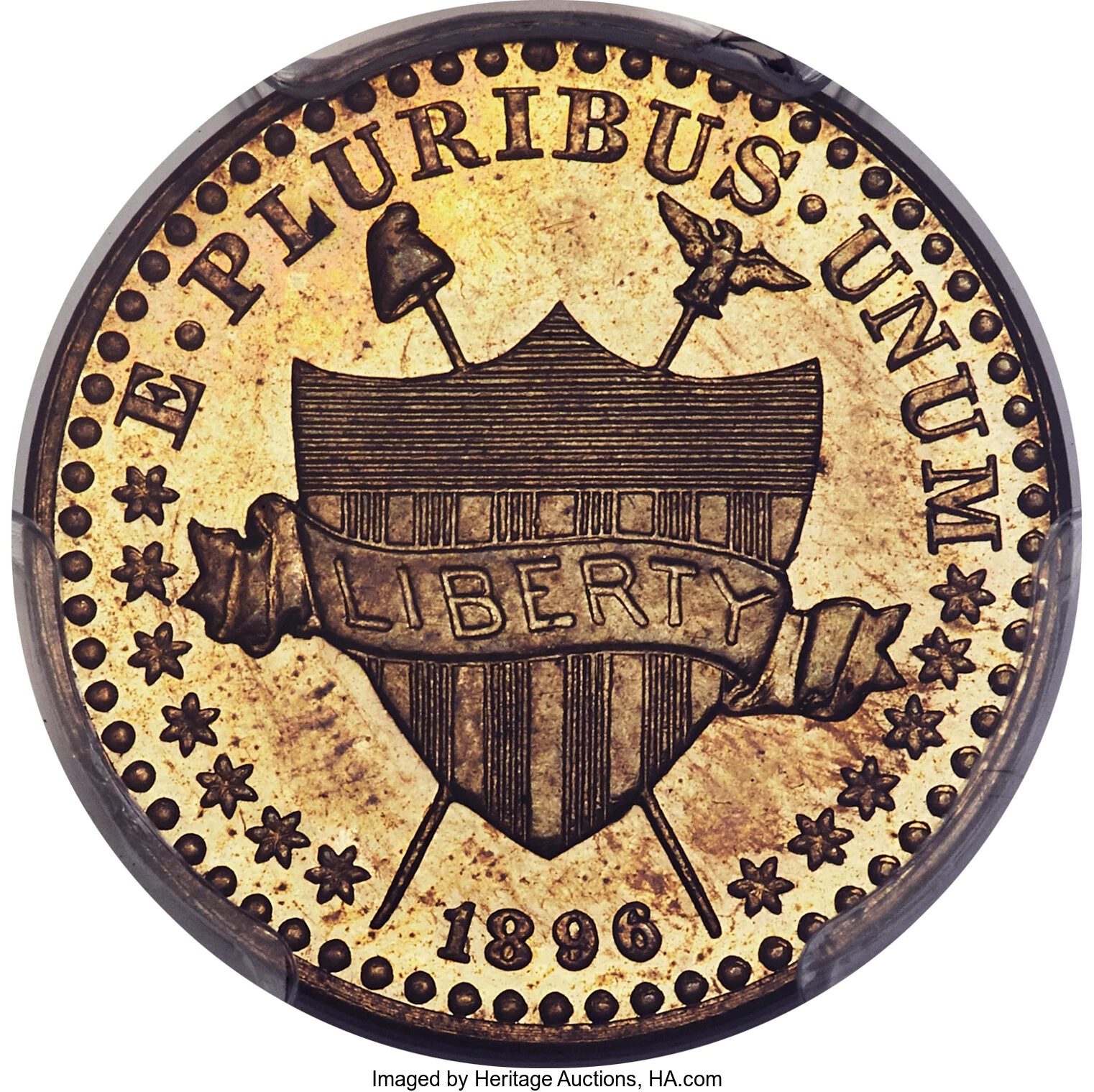


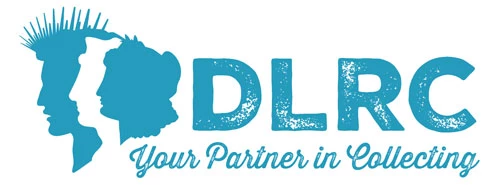



 Loading more ...
Loading more ...









